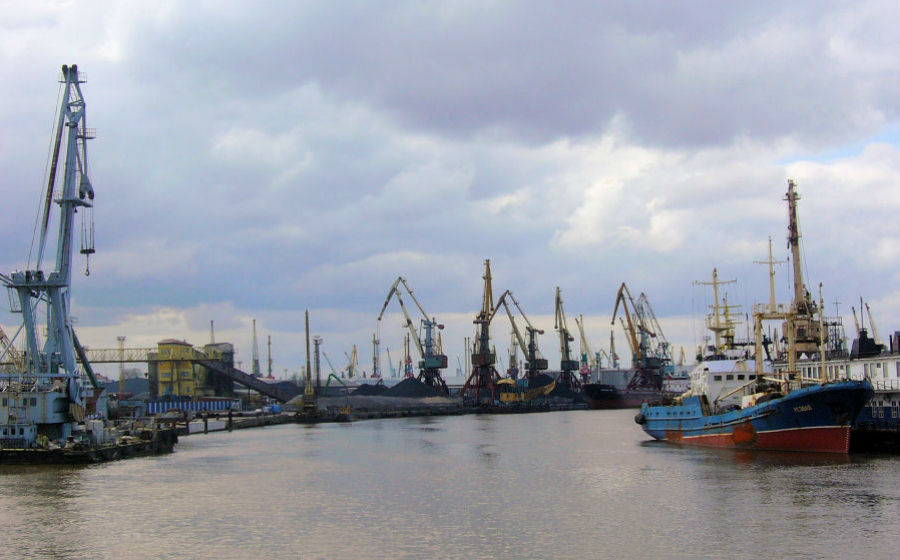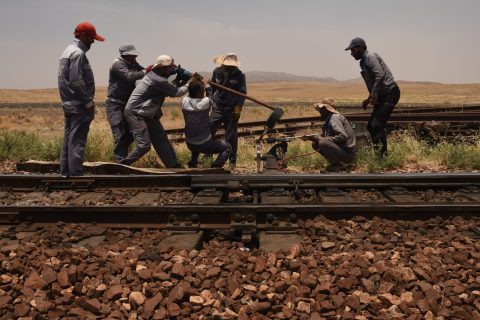Rail traffic through Kaliningrad region could reach 1 million TEU

Based on current demand and future developments, the transit traffic of freight trains through the Russian enclave of Kaliningrad could reach a million TEU in the future, joint stock company UTLC ERA believes. “Even under the current circumstances the volumes could be doubled”, the organisation predicts. Meanwhile, developments are underway to ease customs procedures, lifting the potential of the transit region.
The United Transport and Logistics Company – Eurasian Rail Alliance is the main operator of Eurasian traffic through the enclave, which is situated between Poland and Lithuania. In 2018 the company handled 9,970 TEU, including 6,300 TEU delivered from Europe to China and 3,670 TEU from China to Europe. Over the first six months of this year, overall transit through the region already amounted to 6,096 TEU, according to the operator.
Huge demand
UTLC ERA opened the new railway transit route in the third quarter of 2017, in response to increasing traffic volumes via the traditional route connecting Poland to Belarus. As this route was regularly congested, a new alternative connection was needed. Apart from cooperation with the two terminals of Dzerzhinskaya-Novaya and Chernyakhovsk, UTLC also signed agreements with the ports of Baltiysk and Kaliningrad.
Through these ports, multimodal services are offered to European ports such as Hamburg, Rostock, and ports in the Nordic countries. “As soon as we announced this product – even as an idea – we immediately received several proposals from short-sea operators. Dispatch via the ports in the Kaliningrad region is considered to be a good addition to the traditional land routes, in the event that the European railway infrastructure is for whatever reason incapable of accommodating increasing cargo volumes”, says UTLC ERA President Alexey Grom.
Russian ambitions
UTLC ERA believes that there is considerable growth potential for cargo transit via ports and terminals in the Kaliningrad region. “This is in line with the decree issued by the President of the Russian Federation on 7 May 7, 2018”, said Grom. This decree sets out the potential of Russia as a transit country for the period until 2024.
Moreover, current developments are to increase this potential even further. At the moment discussion and development of programmes are formed together with the Russian Union of Industrialists and Entrepreneurs (RSPP), the Chamber of Commerce and Industry of the Russian Federation (CCI of Russia) and the Eurasian Economic Commission (EEC).
Inter alia, a joint working group has been formed under the auspices of the Logistics Subcommittee of the Committee for International Engagement. This group aims to promote information systems for customs bodies to simplify customs procedures, which now often form a hurdle for seamless transport between east and west.
Also read:
- Multimodal route Rotterdam-Chengdu via Kaliningrad now regular
- Kaliningrad: a multimodal solution to connect China with Europe
You just read one of our premium articles free of charge
Want full access? Take advantage of our exclusive offer






